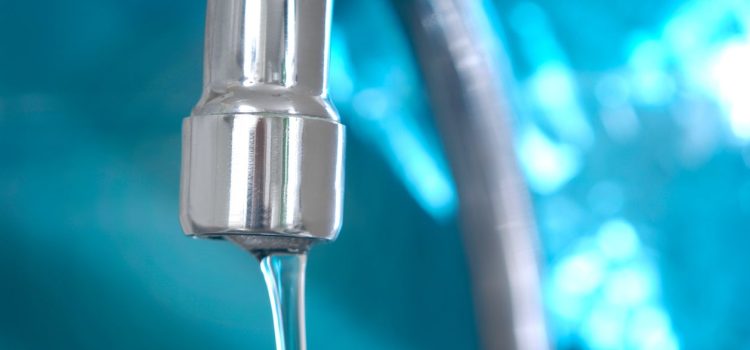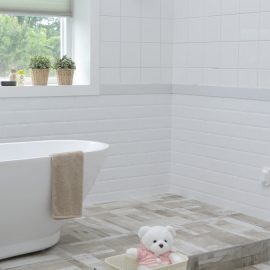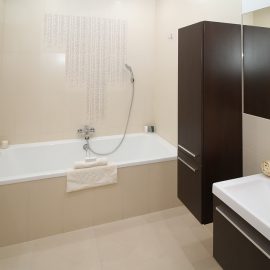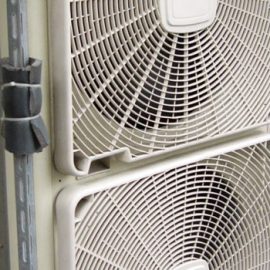
Bathing has often been linked to improved mental health. In the morning, short, cold showers become our “wake-up call” and make us more alert while, in the evening, long, hot showers turn into a relaxing experience that puts us in a much better mood. Perhaps, the best part is the high water pressure which provides a stronger flow of water and gives a therapeutic-like experience. There are many benefits to showering under high water pressure and it’s particularly beneficial to those looking to relieve stress, and soothe their tired joints or sore muscles in the shower.
For a relaxing and massage-like showering experience, it is important to have a shower with a high water pressure. There’s probably no one who likes a low pressure shower where the water drips slowly and you have to turn at awkward angles to get clean. It’s even worst when you’ve already applied your shampoo and when it takes a million years to rinse it off.
Luckily, many houses and apartments today have high water pressure. But, if you’ve been experiencing low water pressure, there is a discernible reason for it.
So, let’s find out more about water pressure loss in the bathroom!
Signs of Low Water Pressure

Drop of Pressure When Using Only Two Fixtures at Same Time
In a house with four or five people, multiple fixtures will be used at the same time. One person could be using the bathroom, another could be washing dishes and a third person might be using the washing machine. When several fixtures are run all at once, it’s completely normal for there to be a kind of decrease in the water pressure of the bathroom. Plus, some houses don’t have water pipes of a reasonable size to supply enough water for all fixtures to have water at high pressure.
On the other hand, if only two fixtures are being and there’s still a significant drop in water pressure, then this is a clear indication of low pressure.
Everyday Tasks Are Affected
After the kitchen, a bathroom is the most used room in a house. It is the place where you start and finish each day. So, if your everyday tasks are being affected, know that it’s a sign of low water pressure. An example of this would be being late at work because you took more time than usual to shower.
Reasons for Low Water Pressure

Your Water Pressure Regulator Device
A water pressure regulator is a specialized valve that controls the incoming water pressure to a manageable level so that it doesn’t create any havoc on your home’s plumbing. It is usually found at the spot where the main water line finds its way into your house. While this device can control the pressure of water to a desired “value”, if it malfunctions, it can result in low water pressure.
You’ll know the valve is malfunctioning when the water pressure in your bathroom drops abruptly for no discernible reason or when you hear a constant hammering noise inside the walls. In that case, instead of attempting to repair or replace the device, you may want to contact an experienced and trained plumber. The licensed expert will be able to find the correct brand and size for your specific needs. And, try to avoid hiring the same plumber who installed the valve, as improper installations can also lead to the malfunctioning of the valve.
Old Pipes/Pipe Leaks
Another cause for low water pressure is an old and corroded pipe or a pipe leaking. When your plumbing pipes are old and damaged or when there’s a pipe leak you didn’t see, water can easily escape through these pipes and of course, less and less of it will reach your plumbing fixtures.



